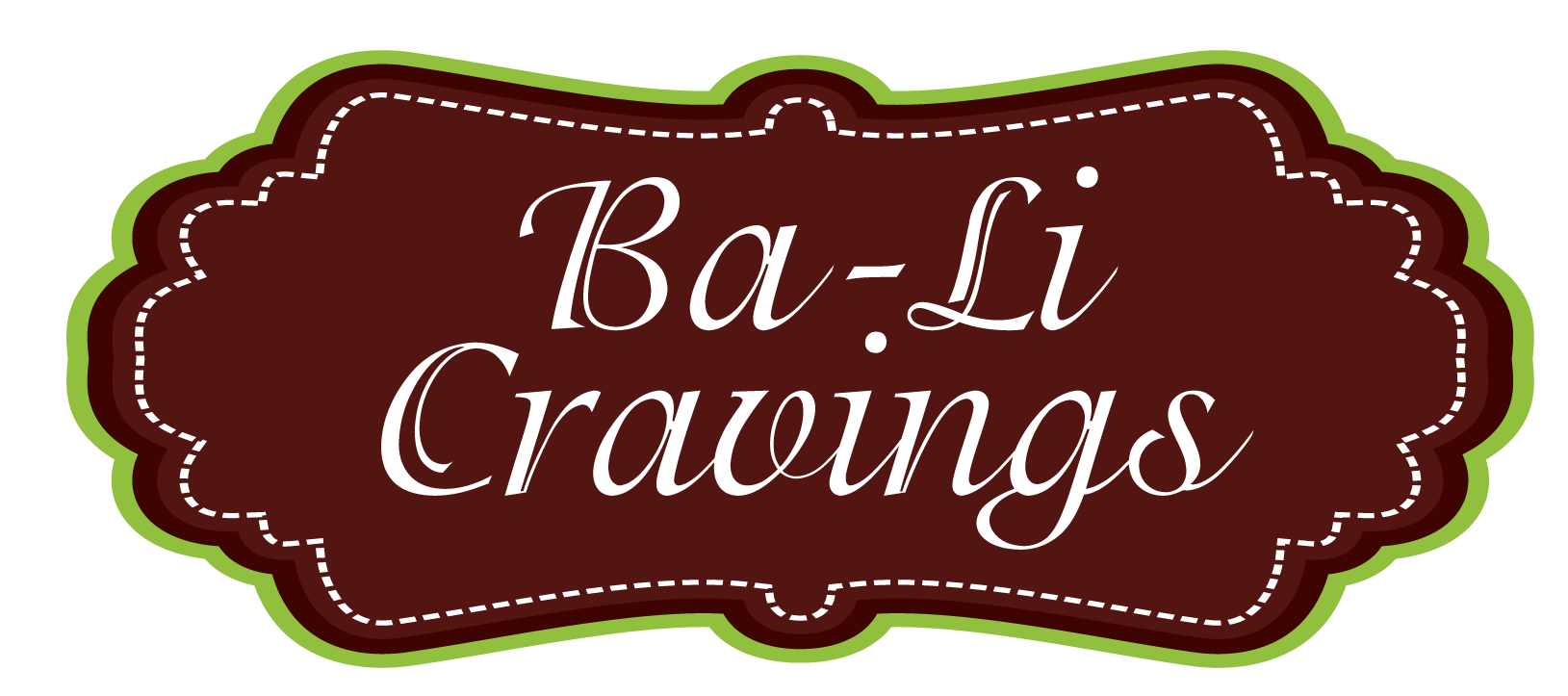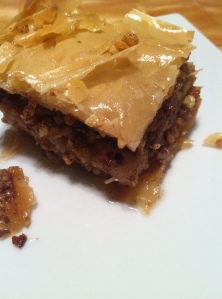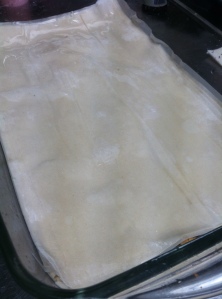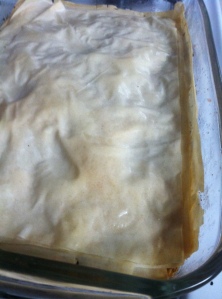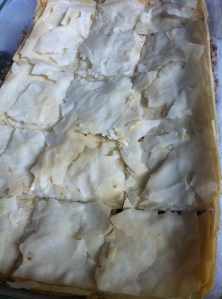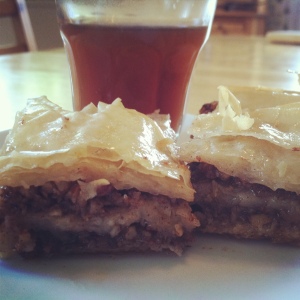Baklava – Layers of Sweetness and Delicacy
Baklava has been a part of the Mediterranean dessert table for many centuries. Originated in Ottoman Turkey around 1650, and spread wide and far ever since.
The basis of Baklava is phyllo dough – thin sheets of dough layered with butter in between, with nuts and honey in between.
Many fear working with phyllo, mostly because it is believed that you should place a wet towel over the dough sheets and be careful they do not dry. I believe that staying away from phyllo, is a mistake. Phyllo is great to work with and opens a whole world of options, sweet and savory. The secret of successfully using phyllo is one – work fast. Prepare everything you need ahead of time, lay it close and conveniently around your work space and enjoy the journey.
Phyllo dough can be bought in most supermarkets in the frozen food aisle. Once you have bought a package, leave in the freezer until you are ready to make your Baklava. Thaw the phyllo in the fridge or on the counter a few hours before needed.
Start by preparing the nut mix:
2 cups raw or roasted walnuts
2 cups raw or roasted almonds
2 cups raw or roasted pistachio
If you use raw nuts, roast them in the oven at 300F, 160C for about 30 minutes. You can use roasted, unsalted nuts and then you can chop them in a food processor with no need to oven-roast them. Chop all nuts finely, but do not turn it into paste.
If you prefer another kind of nut, or do not like one of these suggested nuts, replace them for what you prefer.
Add 2 tsp. cinnamon, half tsp. clover, and half tsp. cardamom (optional).
Add 2/3 cups sugar and mix well.
Melt 8 oz unsalted butter (1 cup), and set next to the nut mixture. Pick a wide brush and take the phyllo sheets out of the box. For a Pareve, non-dairy option, it is possible to use Margarine although I prefer to use coconut oil. It adds a nice taste and is much healthier than margarine. I make many Pareve or Gluten free recipes and using coconut oil, like I did here, kept the crispness, gave no after taste and was absolute delicious.
Take a 9X13 inch (20 cm by 30 cm) pan and butter the bottom and sides well.
You might cut the sheets to fit your baking pan, or fold back the left over dough to get an extra crispy Baklava.
Lay the first phyllo sheet gently in the pan, brush it with butter and lay another sheet on top.
Lay a total of 8-10 sheets of phyllo sheets with butter in between.
Spread a 3rd of the nut mix over the sheets.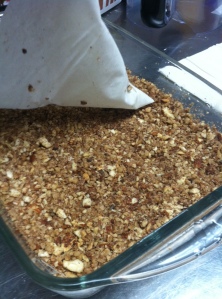
Place another phyllo sheet on top of the nut mix and butter it. Repeat with 8 sheets total.
Then spread another third of the nut mixture and repeat this step again.
After 3 layers of nuts, top the last layer with 6 phyllo sheets, buttered in between.
For baking, I recommend Chef Alton Brown’s recommendation-
Place the Baklava in the center of the oven
at 350F/180C for 30 minutes.
Take out the Baklava and cut the Baklava into squares
return to the oven for another 30 minutes
Cut the Baklava again and do not worry if the phyllo breaks.
While cooling, prepare the syrup – this is a crucial part of the Baklava.
Place in a pan and bring to a boil:
1 cup honey
1 cup water
1 1/4 cups sugar
3 tbs. rose water
Bring to a boil and keep boiling until you get a thick syrup.
Pour the hot syrup over the cooled Baklava and leave to rest for 8 hours at room temperature, or better, overnight. It will look like a lot of syrup, but it will be absorbed..
 Now it is time to enjoy the deliciousness, preferably with a small cup of Turkish coffee or sweet Moroccan tea.
Now it is time to enjoy the deliciousness, preferably with a small cup of Turkish coffee or sweet Moroccan tea.
Enjoy and let me hear what you think!
